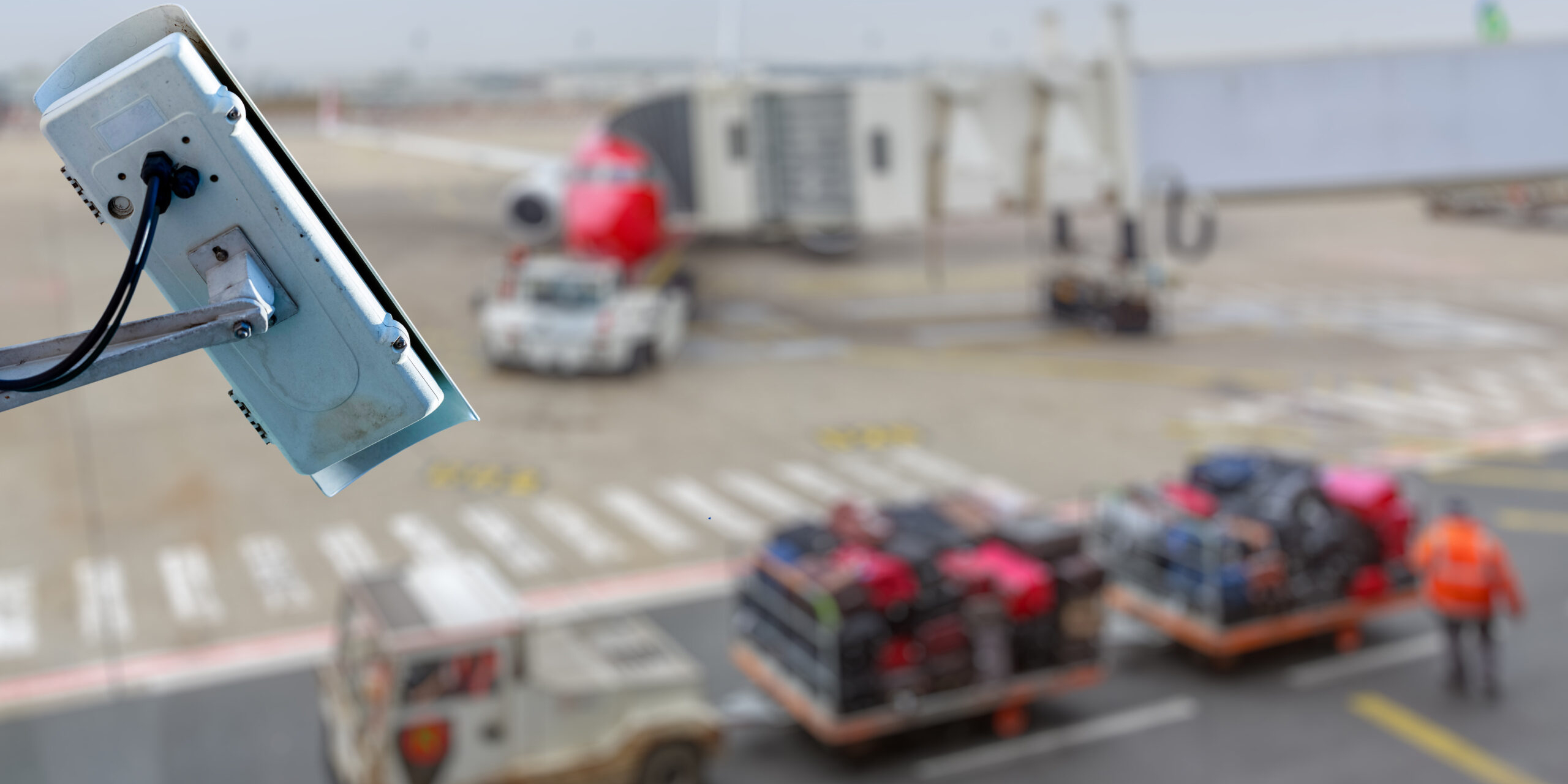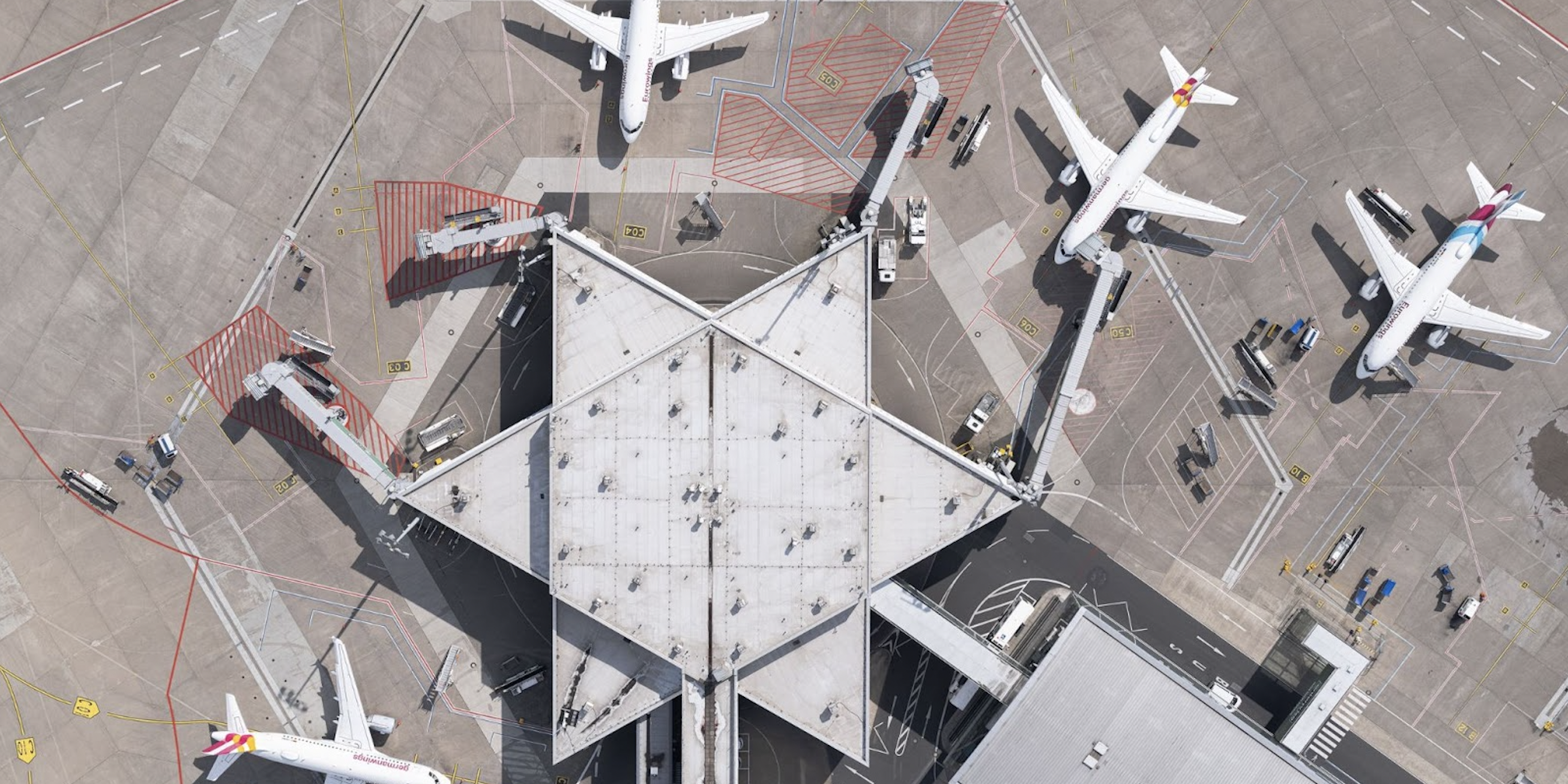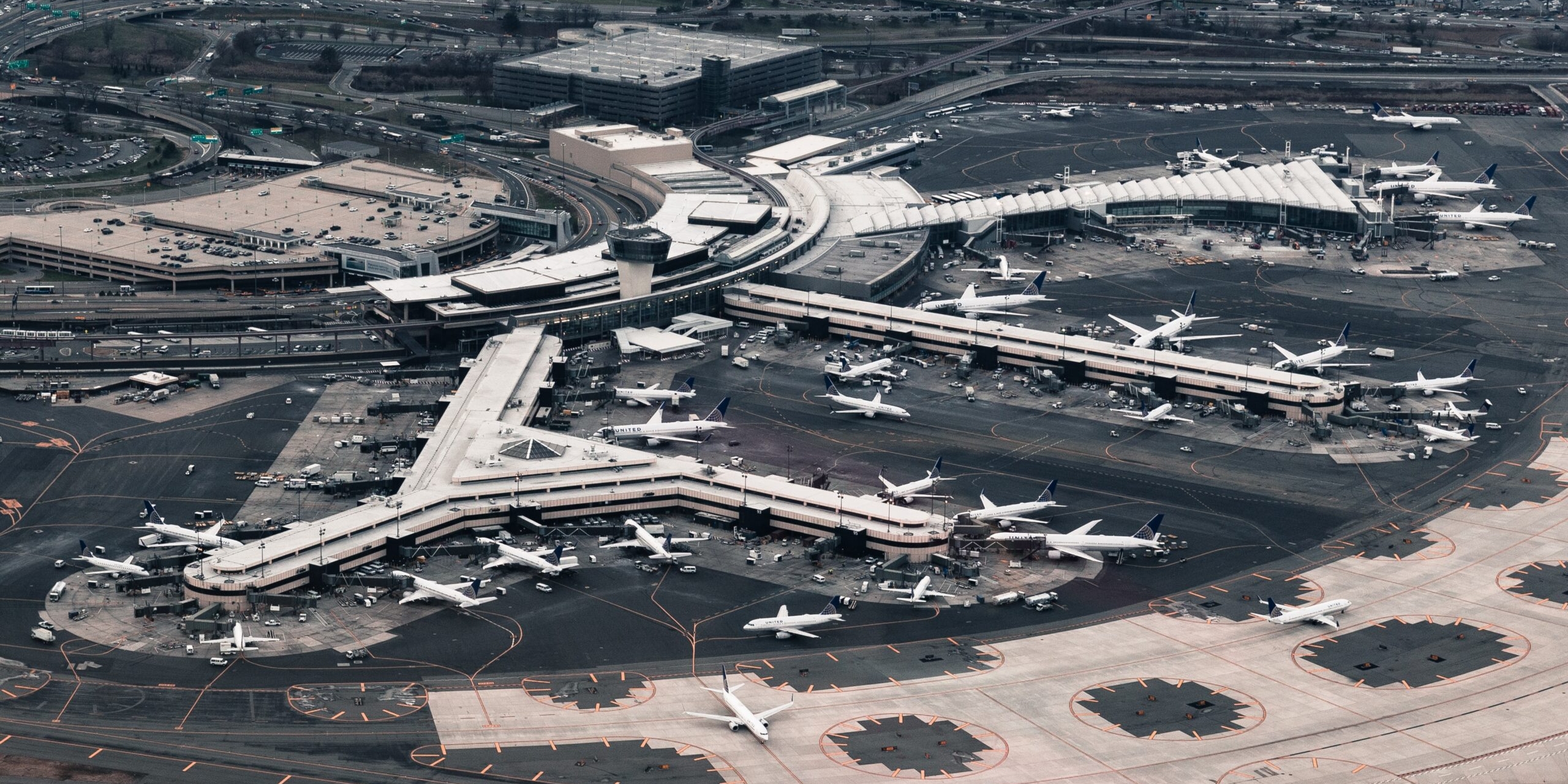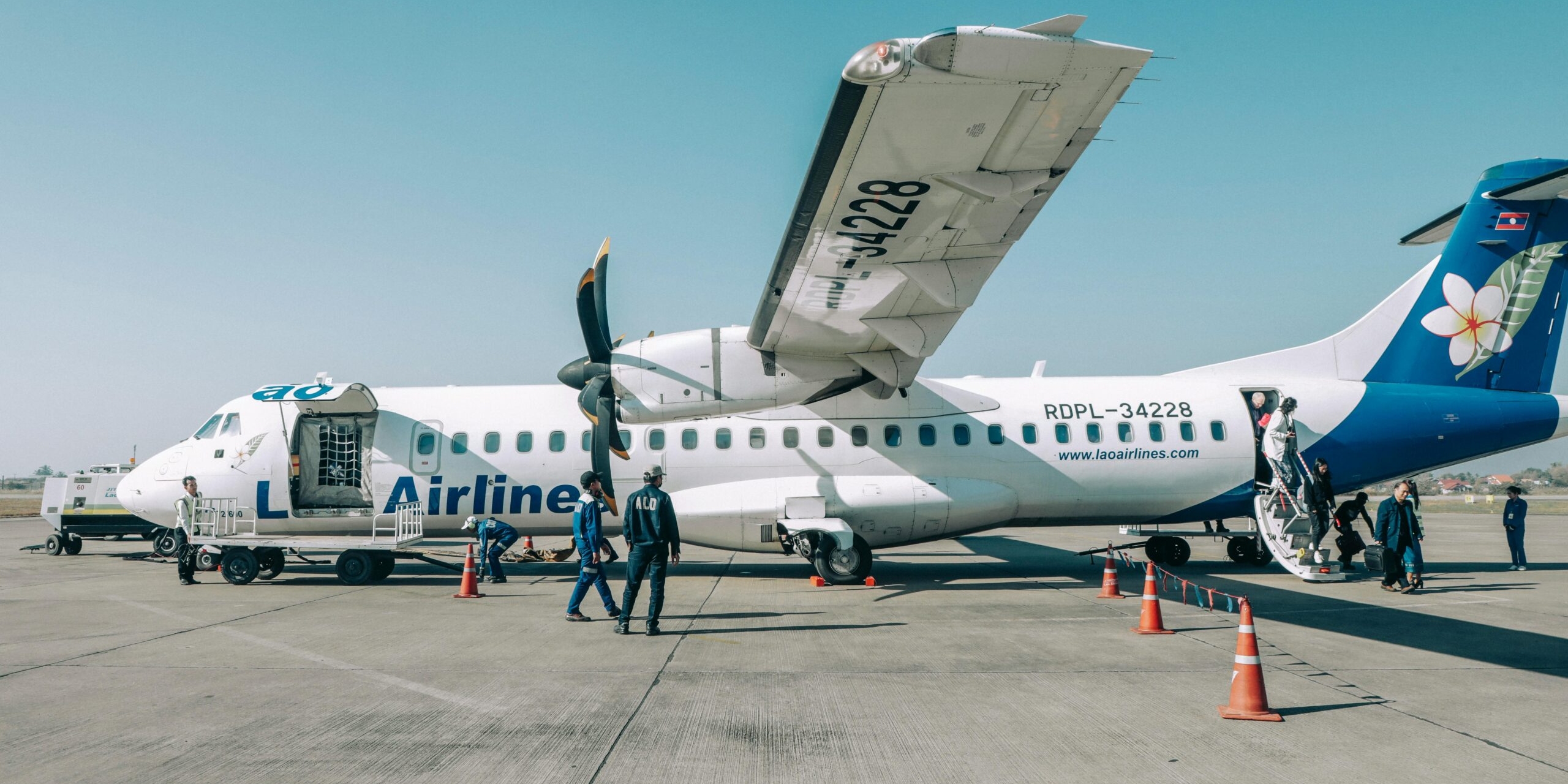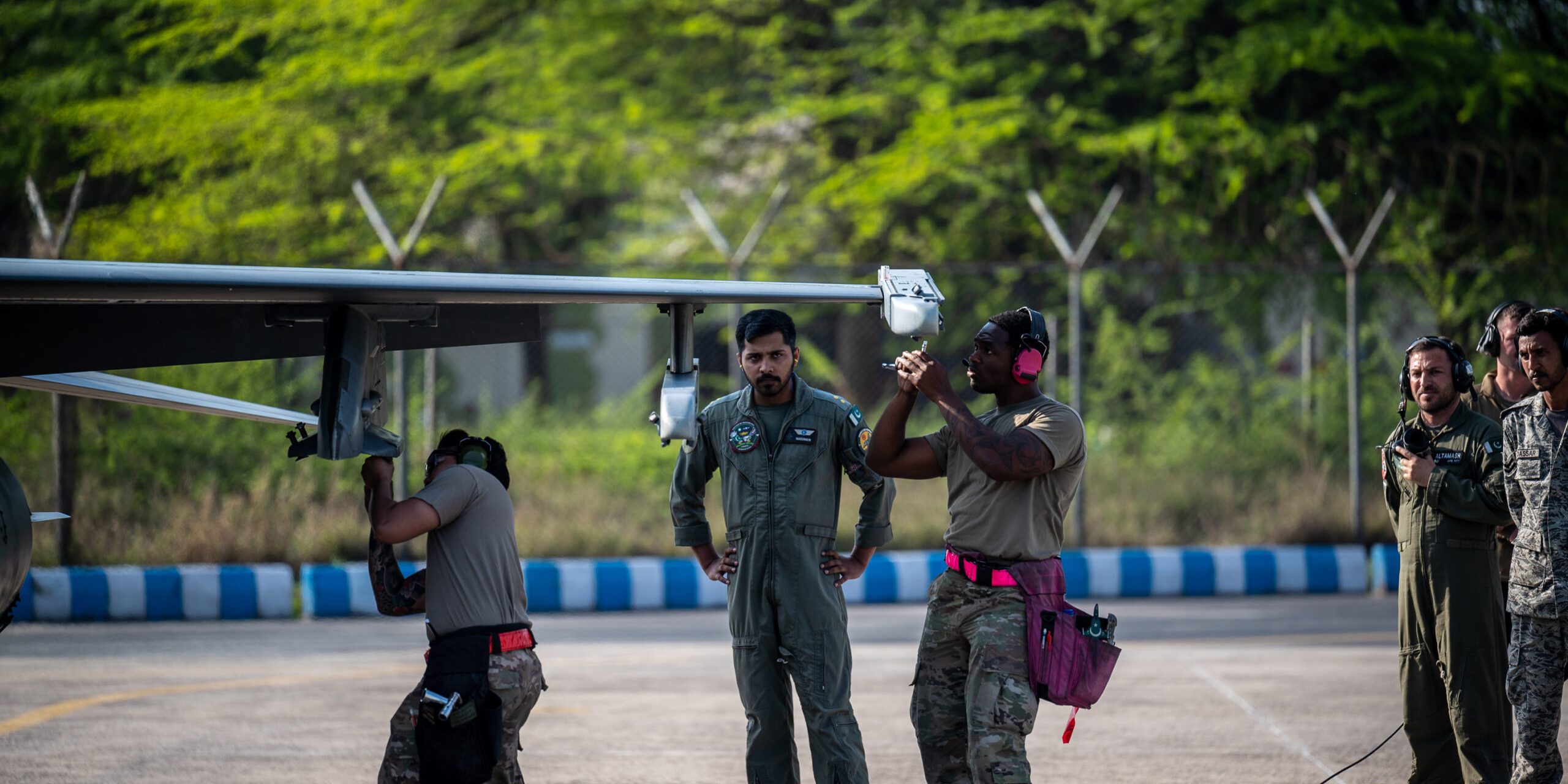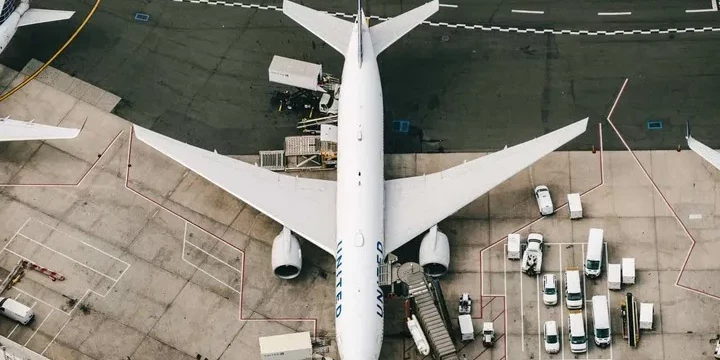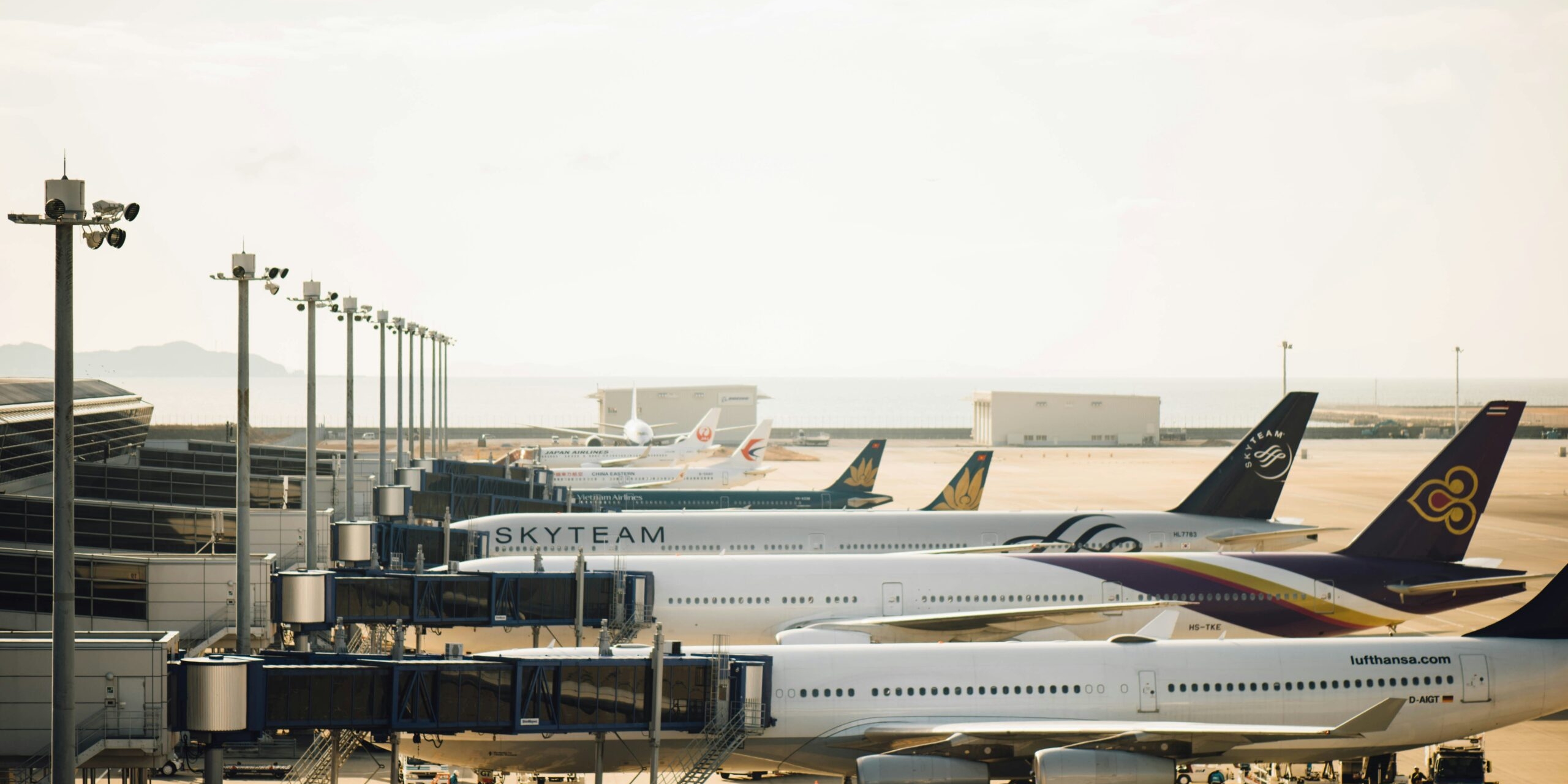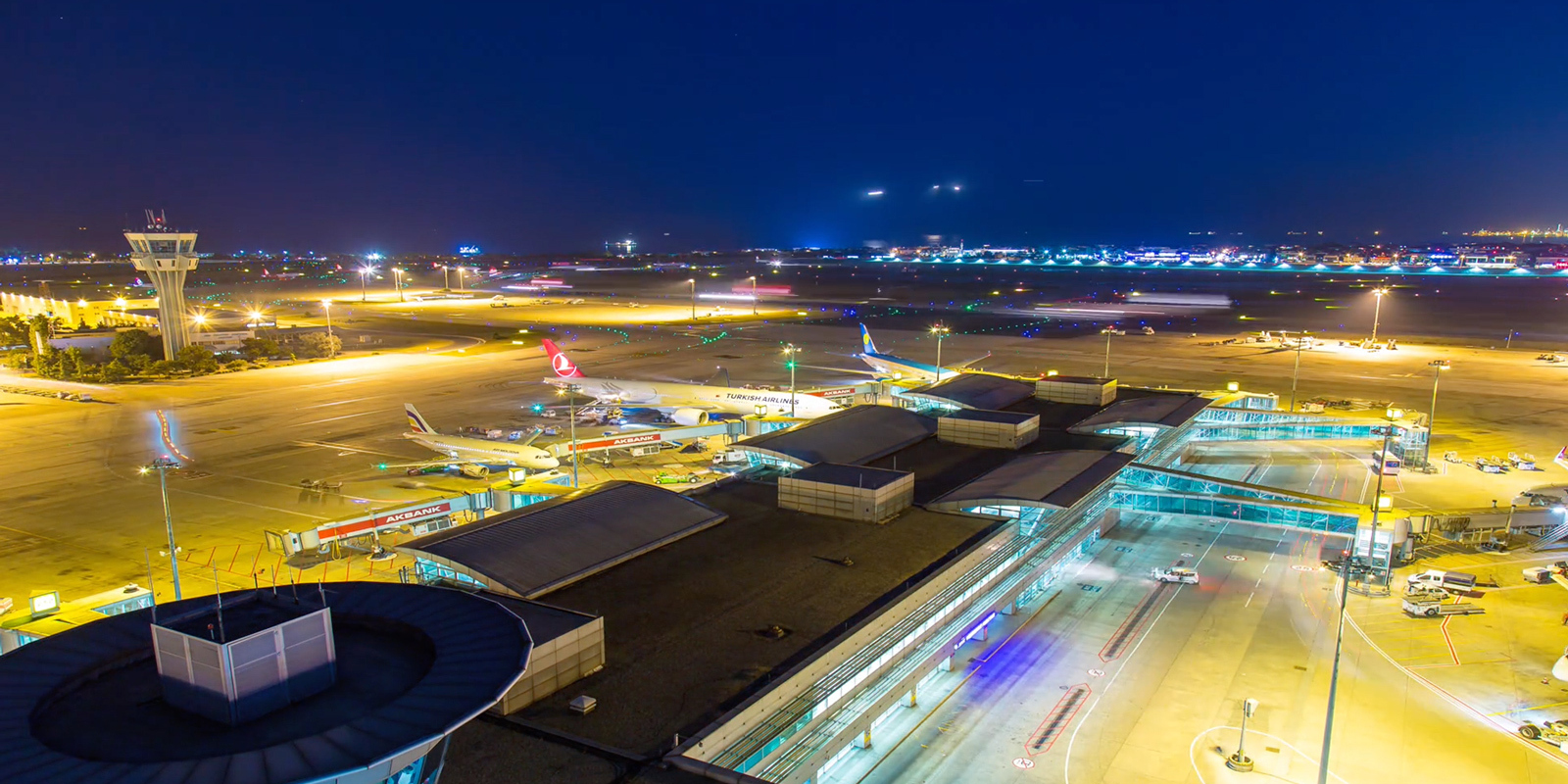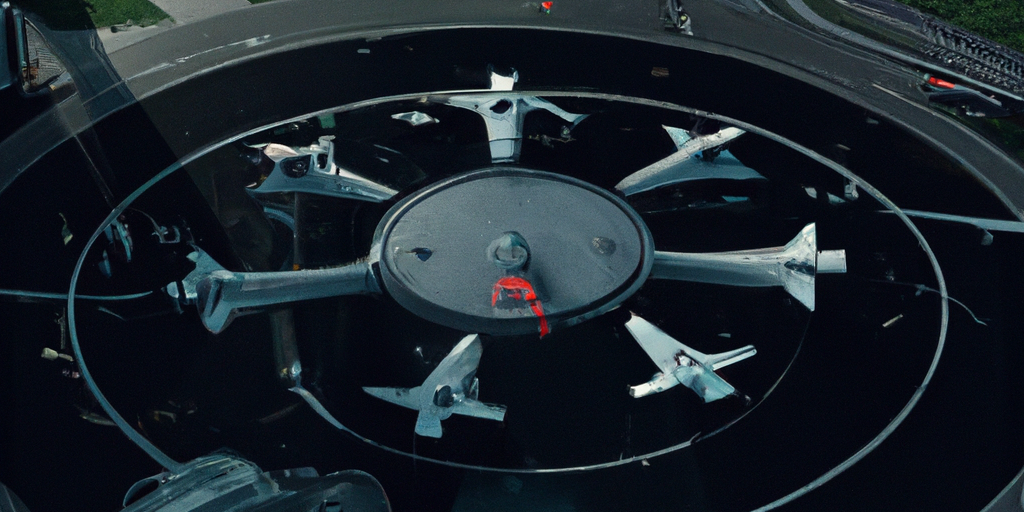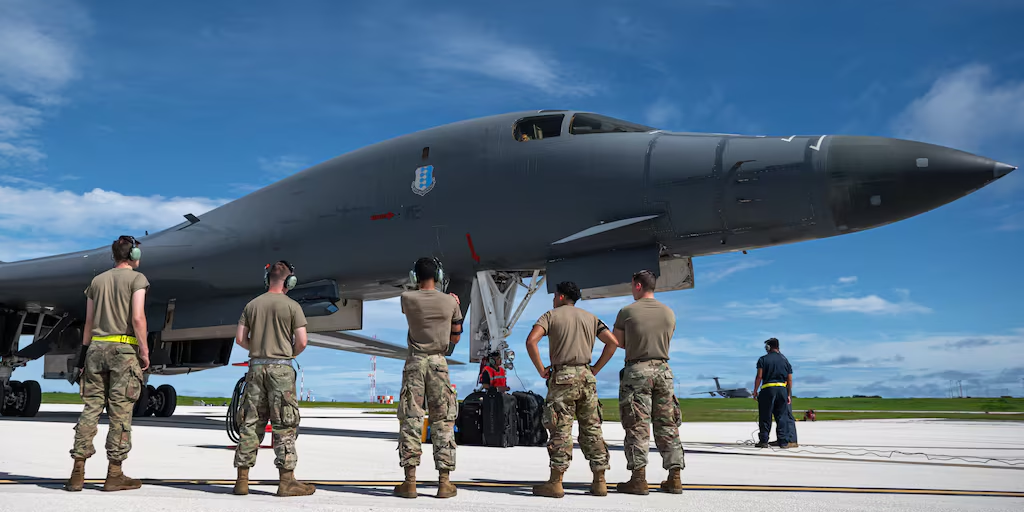Summer 2023 travel has already been marked by surges in flight delays and cancellations, causing significant frustration and inconvenience to passengers worldwide. While external factors — particularly severe weather — are often blamed for these disruptions, there lies a fundamental root cause: antiquated technology used by stakeholders to manage daily operations. While front-end passenger interfaces have seen advancements in line with modern technological progress, the neglect in upgrading backend systems has exacerbated the challenges faced by airlines in achieving seamless and efficient air travel.
Behind the scenes of air travel chaos lies a reliance on archaic tools. In an era dominated by cutting-edge technologies, the persistence across the industry of paper timesheets, walkie talkies, and phone messaging platforms to manage critical aspects of the flight operation has been detrimental to operational efficiency. The mounting burden on passengers due to these outdated systems amplifies the consequences of external disruptions.
Throughout the summer months, natural disasters have posed considerable hurdles to air travel. Canadian wildfires, inducing smoke that impaired visibility, grounded numerous flights in the Northeastern United States. Storms battered flights on the East Coast during the Fourth of July holiday, while extreme heat in the Southwest resulted in prolonged delays. Notably, on a single day in early July, thunderstorms led to over 33,000 flight delays. Though these weather-related events inevitably hinder flight efficiency, the inadequacy of existing systems exacerbates the severity of their consequences.
Weather remains an uncontrollable factor in flight disruptions, and each season brings with it a host of unpredictable downstream effects. While airlines cannot directly manage weather, they can enhance their systems to efficiently handle the aspects within their control. Current airline software has struggled to cope with scheduling disruptions, producing the infamous operational “meltdowns” and further triggering a domino effect that affected many more passengers. Such incidents have been observed repeatedly this summer, as airlines have throttled down their flights in response to natural and seasonal events. Evidently, a technological upgrade that is capable of seamlessly adapting to disruptions and minimizing their cascading effects, has been long overdue. Embracing modern technology emerges as the imperative remedy to surmount these challenges.
Adding to the technical debt in aviation, airports have been presented with a wave of unforeseen circumstances post-pandemic. Specific to both ground handling and ATC, staff shortages and long training programs have left operators with less manpower to handle their daily operations with the existing tools and systems. This has created many operational challenges across crew, aircraft and equipment coordination, also leading to massive delays or flight cancellations.
Against the backdrop of such challenges, Moonware has been developing systems for airfield autonomy, enabling operators to increase airport efficiency and flight throughput while meeting critical safety margins. Our flagship product, HALO, is an AI-powered software platform poised to transform aviation ground operations, effectively serving as a ‘Ground Traffic Control’ for airside operations. HALO fundamentally automates critical tasks, including crew dispatching, equipment allocation, airside navigation, and asset localization. Leveraging real-time flight data, the platform orchestrates the optimal organization of ground personnel and equipment, dispatching staff in adherence to their sequence of missions, subject to urgency, distance, and aircraft equipment compatibility, among other factors.
HALO’s algorithmic capabilities present a groundbreaking solution to preempt the chain reaction of mass delays and cancellations, triggered by existing legacy systems unequipped to cope with disruptive events. Through sophisticated algorithms and real-time, dynamic visualization of airfield operations, HALO proactively optimizes GSE and ground crew assignments, handling last-minute schedule changes and resources to sustain operations. Consequently, HALO is able to minimize airside downtime stemming from potential disruptions, ensuring maximized efficiency and reduced passenger inconvenience.
Specific to flight operations, HALO helps airlines achieve faster aircraft turnarounds and thus meet their scheduled operations without compromising flight throughput. A steady flow of traffic through the airfield allows aircraft to spend less time on the ground, liberating gates for more inbound flights and alleviating gridlock over high-risk movement areas. HALO frees ground crew personnel for other important tasks, reducing the strain of staff shortages on air traffic controllers and airports.
The repeated flight delays and cancellations plaguing summer air travel this year (and last) have shed light on the underlying weaknesses within the air travel system, which warrant immediate rectification. While weather remains an unpredictable factor, the archaic systems employed by airlines stand as significant contributors to disruptions.
While the industry finds its footing in the midst of these challenges, we must look for ways to augment operational efficiency and restore a reliable and pleasant travel experience for passengers. Winning over consumer confidence will require more than improving in-flight entertainment. As long as the current back office systems remain in place, air travel will be subjected to further delays and cancellations. Investing and adapting in innovations is imperative to ensure future operational success and prevent fallout from disturbances in the system.
You may also like
February 16, 2024
No Cameras, No Problem: Beyond the Airport Gate
Airport ground operations demand innovative solutions beyond traditional camera-based systems. It is imperative to effectively…
October 25, 2023
The Current State of Ground Traffic Control
While the skies see progress, a glaring technical deficit is emerging on the surface.
July 24, 2024
A Day in the Life: Station Managers
Airport ground operations demand innovative solutions beyond traditional camera-based systems. It is imperative to effectively…
June 11, 2024
Defining a New Category in Automated Ground Operations
Airport ground operations demand innovative solutions beyond traditional camera-based systems. It is imperative to effectively…
July 1, 2024
A Day in the Life: Ramp Agents
Ramp agents are crucial players in the daily hustle of airport ground operations. These crew members are not only responsible for…
July 15, 2024
A Day in the Life: Ramp Managers
Ramp managers play a vital role in keeping flights on schedule, maintaining safety standards, and supporting the complex…
September 17, 2024
Commercial and Military Aviation: Bridging the Technical Divide
Efficient ground operations are critical in both commercial and military aviation, despite differing requirements, protocols, and…
June 26, 2023
Revolutionizing Airfield Safety with AI-Powered Ground Traffic Control
More mistakes than usual are happening across the system, on runways, at gates while planes are pushing back, in control towers,…
August 30, 2024
A Day in the Life: OCC
The Operations Control Center (OCC) is responsible for coordinating all flight operations and managing various aspects of an…
May 8, 2024
Transforming Air Travel: Ecosystem Automation in Airport Operations
Implementing AI-powered software platforms like HALO significantly improves performance and safety envelopes on the airfield,…
April 10, 2023
The Bridge to Airfield Autonomy: Moonware Master Plan
Our vision is to handle aircraft autonomously from touchdown to takeoff, providing seamless aircraft turnarounds for a…
October 15, 2024
HALO and NOVA: Optimizing Commercial and Military Airfield Operations
Effective management of commercial airports and military airbases demands precise, technical solutions to enhance operational…
February 13, 2023
Holiday travel was chaotic. We’re helping fix the airport madness with software & autonomy.
Significant delays due to IT failures and air traffic control issues distraught travelers over the holiday season. We’re working…
September 1, 2022
Enabling The Future of Flight: Moonware Mission Statement
Moonware was founded with the belief that multimodal air transportation will become the prime mover of people and goods during…
